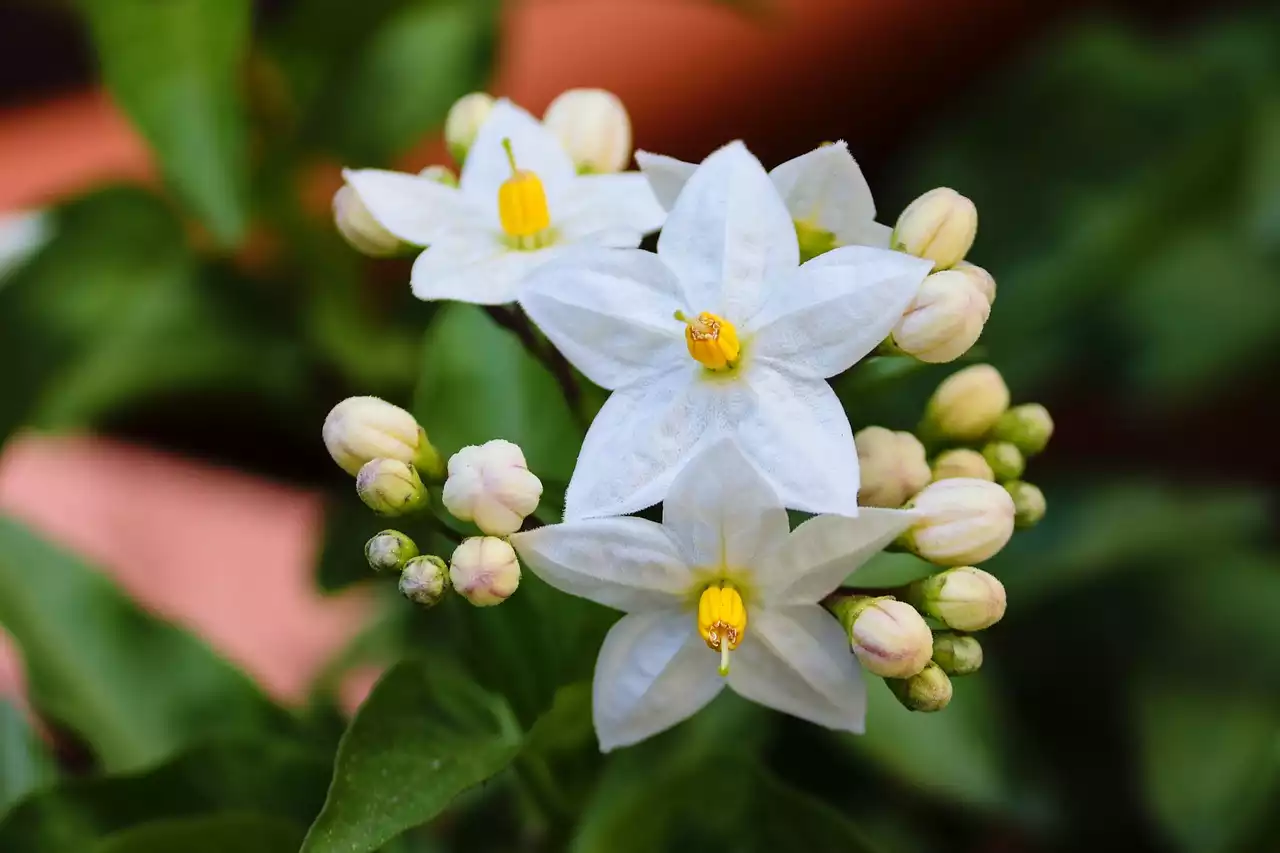Did you know that bleaching your hair can damage it? If you’ve just lightened your locks, you’ll need to take good care of them from now on. Bleached hair is more susceptible to breakage and dehydration than natural locks, so it’s important to treat the new tresses with kid gloves. To help you get through this phase with minimal stress, we have compiled some great tips on how to look after bleached hair and prevent any further damage. Keep reading for everything you need to know about caring for bleached hair.
Shampoo and condition regularly
Shampooing and conditioning your hair regularly is the best way to look after your hair. Bleached hair is more porous than non-bleached hair so it will absorb colour faster. A good shampoo and conditioner will help to keep your hair bright for longer by helping to minimise colour loss. Shampoos and conditioners for colour-treated hair contain ingredients that help to lock in colour and fight fading. Make sure you avoid harsh shampoos and conditioners as they can strip your hair of its natural oils which can leave it dry and brittle. Strong products can also react with bleach and cause the colour to fade quicker than it otherwise would. There are lots of different types of shampoo and conditioner to look after bleached hair, but make sure you read the labels and choose products designed for your hair type and coloured hair. If you use the same shampoo and conditioner as you did before you bleached your hair, it may not be as effective.
Don’t use hot tools too much
Using hot tools like hairdryers, straighteners, and curling tongs too often can cause damage to your hair and accelerate colour fading. If you must use heat on your hair, make sure you protect it with a heat protectant. This will help to minimise breakage and keep your hair in good condition. If you can opt for cooler tools like a brush or your fingers to style your hair. This will help to minimise damage caused by friction. If you must use a hairdryer, try to use the cool shot button at the end to help minimise heat damage.
Protect your hair with a heat protectant
As we’ve already discussed, using hot tools can cause damage to your hair. But you can protect your hair and minimise damage with a heat protectant. This will help to shield your hair from heat damage by forming an invisible barrier around your hair. It also has conditioning properties that help to protect your hair from breakage and frizz. There are lots of different types of heat protectant, so it’s best to choose one that’s designed for your type of hair. If you want to protect your bleached hair, choose a product designed for colour-treated hair.
Use the right dry shampoo
If you’ve got oily roots, you know how annoying it is to have to wash your hair every day. Washing your hair every day can strip it of its natural oils. And if you’ve bleached your hair, it will be more porous and absorb colour and product quicker, so you’ll have to wash your hair more often than non-bleached hair. One of the best ways to extend the life of your hairstyle, without having to wash your hair daily, is to use dry shampoo. Dry shampoo is sprayed into the roots of your hair to help soak up excess oil. You should avoid using dry shampoo on the ends of your hair as it could make them look dull and could also cause your colour to fade quicker.
Bleach your roots, not just your ends
If you want to look after bleached hair, one important thing to remember is to bleach your roots as well as your ends. Bleaching your roots as well as your ends will give you a more consistent colour. If you just bleach your ends, your roots will look noticeably darker, which might not be what you’re going for. If you want to create a bold, statement hairstyle, such as an ombre or dip dye, bleaching your roots as well as your ends will make the colour more consistent.
Don’t forget about your fingernails and toenails
Even though your hair is the most obvious part of your body that bleaching can affect, it’s not the only thing that needs looking after. Your fingernails and toenails are susceptible to staining too. If you’ve bleached your hair recently, it’s a good idea to invest in a nail polish or nail treatment designed to combat staining. Choose a nail polish that is labelled as “bleach resistant” or “no chip” to ensure it won’t chip off prematurely and leave your nails looking less than their best. Nail treatments designed for people who use their hands a lot at work are particularly useful for people in manual jobs as they can help prevent nail breakage caused by frequent hand washing.
Summary
So there you have it, how to look after bleached hair. Bleaching your hair is a big commitment and requires some upkeep if you want to keep that striking colour. It’s important to protect your hair with a heat protectant and use the right dry shampoo to prevent your hair from becoming dull and brittle. It’s also a good idea to bleach your roots as well as your ends to make your colour more
consistent.


 Silent Film's First Vampire
Silent Film's First Vampire
 Vinaigrettes and Dressings Used in French Cooking
Vinaigrettes and Dressings Used in French Cooking
 Donatella Versace and her Career and Signature Designs
Donatella Versace and her Career and Signature Designs Keratin Treatments to Straighten Hair
Keratin Treatments to Straighten Hair How To Care for Curly Hair
How To Care for Curly Hair Best Masks for Dry Damaged Hair
Best Masks for Dry Damaged Hair